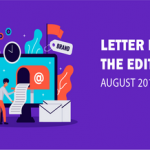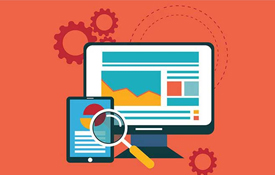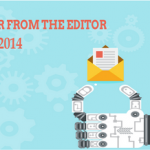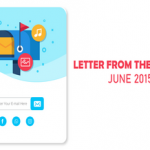
If you are reading this issue, you are probably aware of the impact on the business world of cloud computing.
Most people do not have a good grasp on what the cloud is or how people and products can use it. BTW, you are already a cloud user. If your email is stored somewhere “on the internet”, like YahooMail, Gmail, Hotmail – you are using the cloud. If you use an online tax service, TurboTax or others – you use that software-as-a-service in the cloud. This is where they calculate your tax and store your tax data.
If you use or share Google docs, store or transfer files using Dropbox, or stream movies on Netflix, you are interacting with the cloud.
From SalesForce to Groupon to LinkedIn, the rapid growth of all things mobile is driving cloud development. Many different forces are converging to push applications, products and services into the cloud.
As is often the case for new technologies, test teams are at the end of the information trail. What cloud architecture issues need to be tested, what services need to be tested, what SLAs need to be tested? The explosion of devices and appliances impact compatibility and UI testing.
We need to better understand what the cloud is, what people mean when they use phrases like a cloud of APIs, personal cloud, hybrid cloud, etc.
On the other hand, remember – cloud is delivery, not development. The differences between cloud development and other development implementations is a very hot topic in the dev. world. Forrester’s 10 Cloud Predictions for 2013 include Developers waking up to the fact that development isn’t all that different in the cloud.
Many testers say testing things in the cloud is no different than web testing, thick server, thin client testing. It’s no different, or the difference is in the specific testing issues like scalability, security, performance. There is no difference in functionality, cross browser/mobile UI and usability, localization- most aspects of testing remain the same. Cloud is delivery, not development.
In this issue we try to demystify the cloudy cloud. The articles and the glossary, in addition to past articles and publications on cloud computing give you a broad and better understanding of the testing implications around cloud computing.
In my article I outline how to approach SLAs when working in the cloud; SmartBear’s Ole Lesmar looks at some special considerations that should be applied to applications running in the cloud; Ben Rothke reviews the book Testing Cloud Services: How to Test Saas, Paas and Iaas; Chris Riley of Cloudshare tackles issues relating to software and hardware licensing for cloud projects and LogiGear’s Joe Luthy emphasizes that the right skills and experience is essential for designing tests for large-scale cloud deployments.
You can view past cloud articles here and our 2014 editorial calendar here.
We’re always open to new submissions!
As holidays approach and we finish 2013, we very much look forward to a bigger, brighter, happier coming new year!
Michael Hackett
Senior Vice President, LogiGear Corporation
Editor in Chief


















